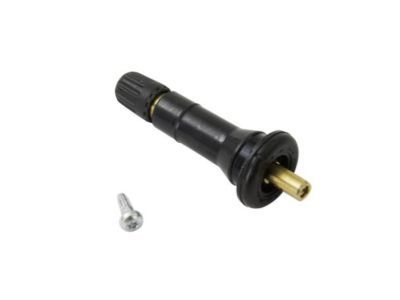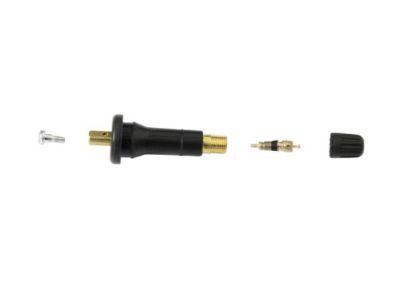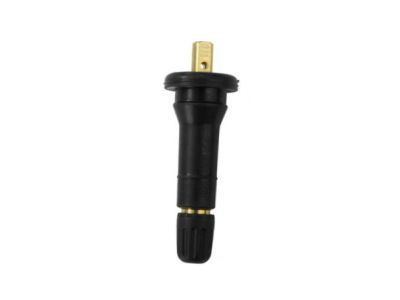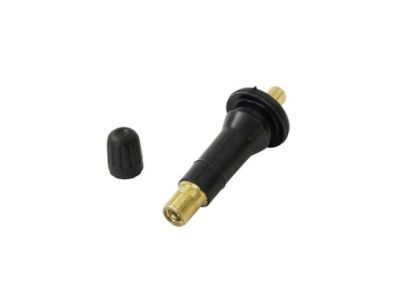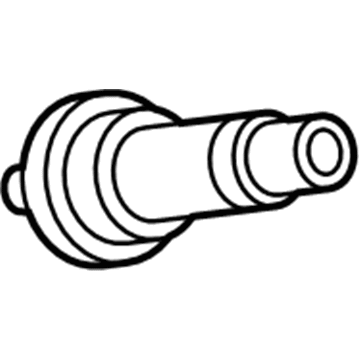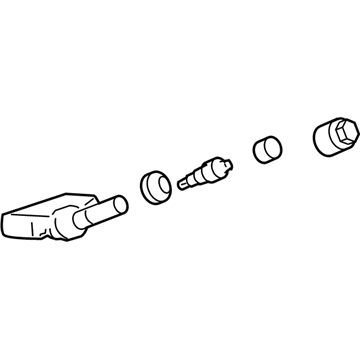ChevyParts
My Garage
My Account
Cart
OEM 2010 Buick Lucerne TPMS Sensor
Tire Pressure Monitoring System Sensor- Select Vehicle by Model
- Select Vehicle by VIN
Select Vehicle by Model
orMake
Model
Year
Select Vehicle by VIN
For the most accurate results, select vehicle by your VIN (Vehicle Identification Number).
2 TPMS Sensors found

2010 Buick Lucerne Tire Pressure Sensor, Black Part Number: 13598909
$11.19 MSRP: $21.02You Save: $9.83 (47%)Ships in 1-2 Business DaysProduct Specifications- Other Name: Valve Kit, Tire Valve And Cover Lock; TPMS Sensor Service Kit; TPMS Sensor; Valve Stem; Repair Kit; Tire Sensor Valve; TPMS Sensor Valve Assembly; Tire Valve Kit; Vehicle Security & Safety.
- Replaces: 15263240, 19368646
- Item Weight: 0.40 Pounds
- Item Dimensions: 6.2 x 4.2 x 4.2 inches
- Condition: New
- Fitment Type: Direct Replacement
- SKU: 13598909
- Warranty: This genuine part is guaranteed by GM's factory warranty.
2010 Buick Lucerne TPMS Sensor, Black Part Number: 13540600
$57.19 MSRP: $111.00You Save: $53.81 (49%)Ships in 1-2 Business DaysProduct Specifications- Other Name: Sensor Assembly-Tire Pressure Indicator; Tire Pressure Sensor; Tire Sensor; Pressure Sensor; Sensor; Sensor, Vehicle Security & Safety; Sensor, Tire Pressure
- Replaces: 13598771, 15254101, 25799331, 13586335, 15825475, 15922396, 20923680, 23445327, 25920615, 22853741
- Condition: New
- SKU: 13540600
- Warranty: This genuine part is guaranteed by GM's factory warranty.
2010 Buick Lucerne TPMS Sensor
With a comprehensive array of OEM 2010 Buick Lucerne TPMS Sensor, from fuel pumps to door handles, our website is a one-stop-shop for your needs. All our genuine 2010 Buick Lucerne TPMS Sensor are backed by the manufacturer's warranty and are offered at competitive prices in the market. Rest assured, you can shop with complete confidence.
2010 Buick Lucerne TPMS Sensor Parts Questions & Experts Answers
- Q: How to replace the TPMS Sensor (Snap In Style) on 2010 Buick Lucerne?A: In-order to replace the Tire Pressure Indicator Sensor (Snap In Style), one needs to lift the vehicle on suitable support. Take off the tire/wheel assembly from the vehicle and thereafter remove the tire from the rim. Always install a new Schrader(R) tire pressure monitor (TPM) and a new TORX screw as well. Remove the TORX screw from the tire pressure sensor and pull it straight off the tire pressure valve stem. Be careful not to scratch or damage clear coating on the Aluminum wheel tires with the tire changing equipment because it can cause them to corrode and peel off. Next, pull out the tire pressure valve stem through the rim. When installing remember the flat of the valve must layout with the flat of the snap in the enclosure and TPM valves and TORX screws only has one time use. Mount the tire pressure sensor to the valve stem, install the new TORX screw, and tighten to 1.3N-m (11.5 Ib in). Use the manufacturer-approved tire mounting lubricant instead of silicon or corrosive applications. Apply tire soap to the rubber part of the valve and use a wheel rim valve stem mounting tool to pull through the valve from the side, parallel to the valve hole in the rim. Notable that Snap Fit TPM sensors are delivered in off-state but will be out of it upon tire inflation letting it supports programming normally for a vehicle. Mount the tire to the rim, then learn the tire pressure sensors later to spot-checked the tires, install the tire/wheel assembly on the vehicle, and lower the vehicle.
